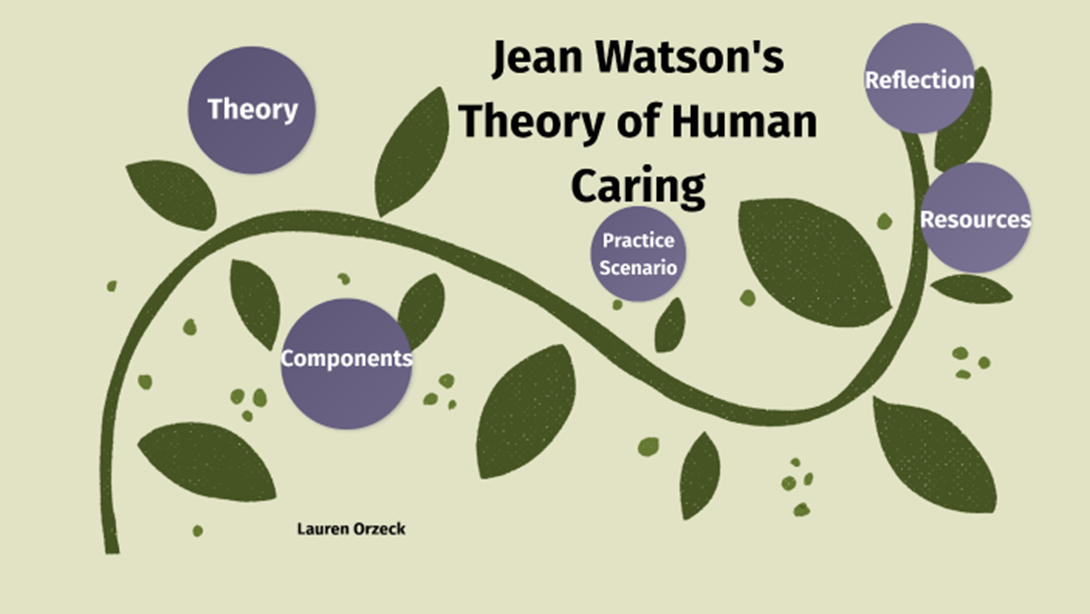Development progressing from the center of the body in an outward direction is called what?
Proximodistal
Cephalocaudal
Simple to Complex
Continuous Process
The Correct Answer is A
Choice A reason: This is the best answer. Proximodistal is the pattern of development that occurs from the center of the body to the extremities. It means that the parts of the body that are closer to the trunk develop before the parts that are farther away. For example, infants can control their arms before their hands, and their hands before their fingers.
Choice B reason: This is not the correct answer. Cephalocaudal is the pattern of development that occurs from the head to the feet. It means that the parts of the body that are higher up develop before the parts that are lower down. For example, infants can lift their head before they can walk.
Choice C reason: This is not the correct answer. Simple to Complex is the principle of development that states that skills and abilities become more sophisticated and refined over time. It means that the tasks that are easier and more basic are mastered before the tasks that are harder and more advanced. For example, infants can babble before they can talk.
Choice D reason: This is not the correct answer. Continuous Process is the concept of development that states that growth and change are gradual and ongoing throughout the lifespan. It means that there are no sudden or discrete stages or phases of development, but rather a smooth and steady progression. For example, infants do not suddenly become toddlers, but rather develop new skills and characteristics gradually.
Nursing Test Bank
Naxlex Comprehensive Predictor Exams
Related Questions
Correct Answer is D
Explanation
Choice A reason: Johnson's Behavioral Systems Model focuses on how the client's behavior affects their health and well-being. It does not provide specific suggestions for enhancing caring moments.
Choice B reason: Peplau's Theory of Interpersonal Relationships emphasizes the importance of the nurse-client relationship and the role of the nurse as a counselor, teacher, and leader. It does not offer ten suggestions for maximizing caring moments.
Choice C reason: Nightingale's Environmental Theory states that the nurse's role is to manipulate the environment to promote the client's health and recovery. It does not address the concept of caring moments.
Choice D reason: Watson's Theory of Human Caring proposes that caring is the essence of nursing and that the nurse should create a caring relationship with the client. It offers ten carative factors or suggestions for maximizing caring moments, such as practicing loving-kindness, being present, cultivating spiritual practices, and creating a healing environment.

Correct Answer is C
Explanation
Choice A reason: This is not the most concerning factor. Poor nutritional habits may affect the client's physical health, but they are not directly related to the client's psychosocial well-being. The nurse can educate the client on the benefits of a balanced diet and provide nutritional counseling if needed.
Choice B reason: This is not the most concerning factor. A lack of exercise may affect the client's physical health, but it is not directly related to the client's psychosocial well-being. The nurse can encourage the client to engage in physical activity that suits their preferences and abilities, and provide exercise guidance if needed.
Choice C reason: This is the best answer. A low self-esteem may affect the client's mental and emotional health, and it is directly related to the client's psychosocial well-being. The nurse should assess the client's self-esteem and identify the factors that contribute to it, such as their self-image, self-talk, and self-efficacy. The nurse should also provide positive feedback, support, and empowerment to the client, and refer them to counseling or therapy if needed.
Choice D reason: This is not the most concerning factor. The need for long-term antibiotics may affect the client's physical health, but it is not directly related to the client's psychosocial well-being. The nurse can educate the client on the indications, side effects, and precautions of the antibiotics, and monitor the client's response and compliance to the medication.
Whether you are a student looking to ace your exams or a practicing nurse seeking to enhance your expertise , our nursing education contents will empower you with the confidence and competence to make a difference in the lives of patients and become a respected leader in the healthcare field.
Visit Naxlex, invest in your future and unlock endless possibilities with our unparalleled nursing education contents today
Report Wrong Answer on the Current Question
Do you disagree with the answer? If yes, what is your expected answer? Explain.
Kindly be descriptive with the issue you are facing.
